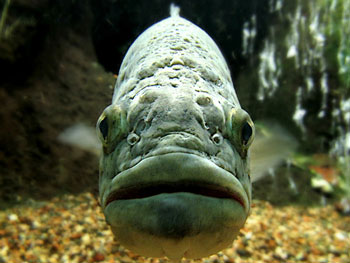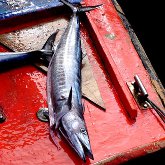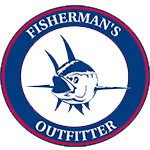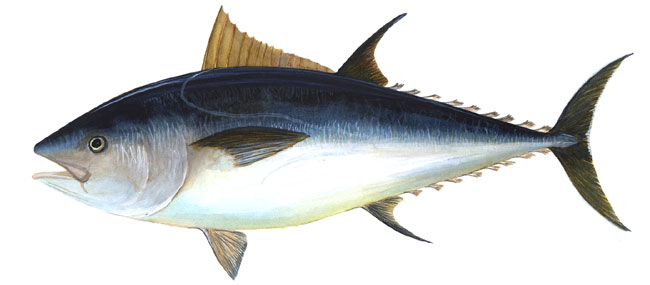
Fall Fishing for Bass
April 18, 2014
Wahoo Fish Facts
May 1, 2014Tuna
There are fifty types and they are from the Pacific and Atlantic Ocean. Anglers harvest this fish for food and find them very satisfying to catch. Three of the most commonly sought-after species of tuna include the skipjack, yellowfin, and the bluefin.
The Three Species
Skipjack only has scales on the corselet and the lateral line. That is, it has scales around its pectoral region and its sensory organs. Most anglers describe the skipjack’s back as “dark purplish” or “blue.” Its belly is silver and has four to six dark lines. Its largest size reaches 3.3. feet and can weigh up to 41 pounds.
Most anglers compare the yellowfin tuna’s shape to that of a torpedo. Their backs are metallic blue while their bellies are yellow to silver. Their fins are bright yellow. This includes both their dorsal and anal fins, and their finlets. Their second dorsal and anal fins are long and make up for nearly 20 percent of the fish’s size and length. Pacific and Atlantic variants differ slightly in their size. The Pacific yellowfin weighs up to 440 pounds. In contrast, the Atlantic yellowtail weighs up to 400 pounds.
The bluefin tuna also has a shape akin to that of a torpedo. Its back is dark blue or black and its belly and lower sides are white. Live bluefin have colorless lines and spots on the lower side of their bodies. It has a second dorsal fin on its back that is reddish-brown. Its largest size is over 9.8 feet and it can weigh up to 1,400 pounds.
Techniques
There are plenty of anglers who believe that fishing for tuna is one of the most enjoyable species to catch. This is because tuna fish tend to put up a strong fight for hours. It is a test of strength, stamina, and patience. They are different from marlin fish in the sense that these fish typically jump around when they try to escape. In contrast, a tuna fish will make the best out of their weight and try to stay down in the water.
Gear Used for Troll Fishing
Trolling is the most common and the best technique for catching a tuna fish. Recommended bait includes balao, menhaden, skipjack, squid, and mackerel. You need a No.9 or 10 hook for most tuna trolling. However, you might need something larger if hunting down a bluefin tuna.
Most anglers assert that artificial lures are as effective as live bait. That is, plugs, large spoons, and other lures that resemble live bait such as squid are effective for trolling tuna.
The last tip to keep in mind is to fish around the edges of a school instead of fishing in the middle. Fishing around the edges prevents you from disturbing the school. Plus, the larger tuna tend to swim around the edges.
Other Equipment
Your gear is contingent on both your way of fishing and the type of fish you’re trying to catch. For instance, when fishing for a yellowfin tuna, your rod will needs to withstand 400 pounds. Thus, you will need a thick rod such as a 50-pound class reel. You will also need a fishing gaff to stab and lift and place the fish on the boat.
Photo by US NOAA | Public Domain


